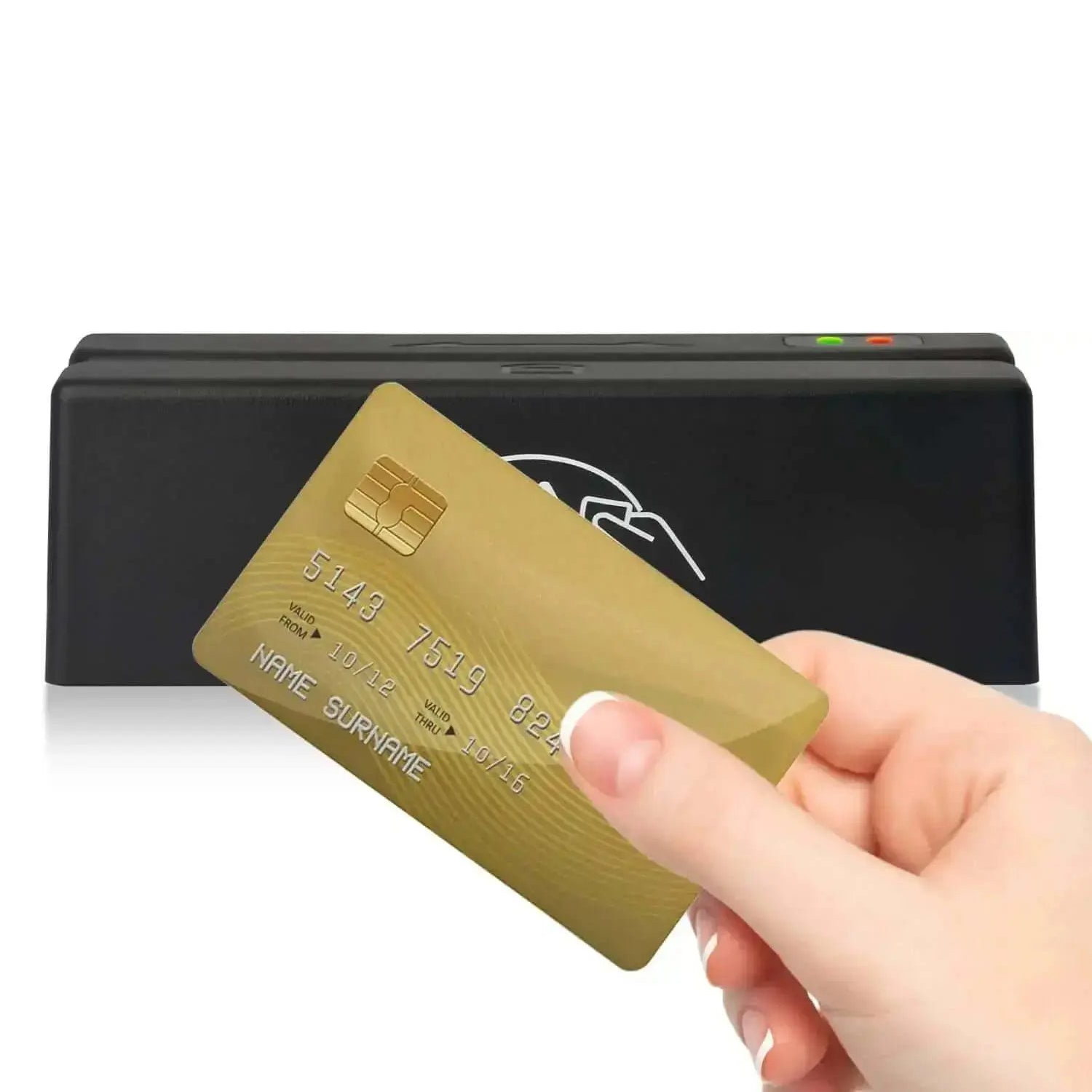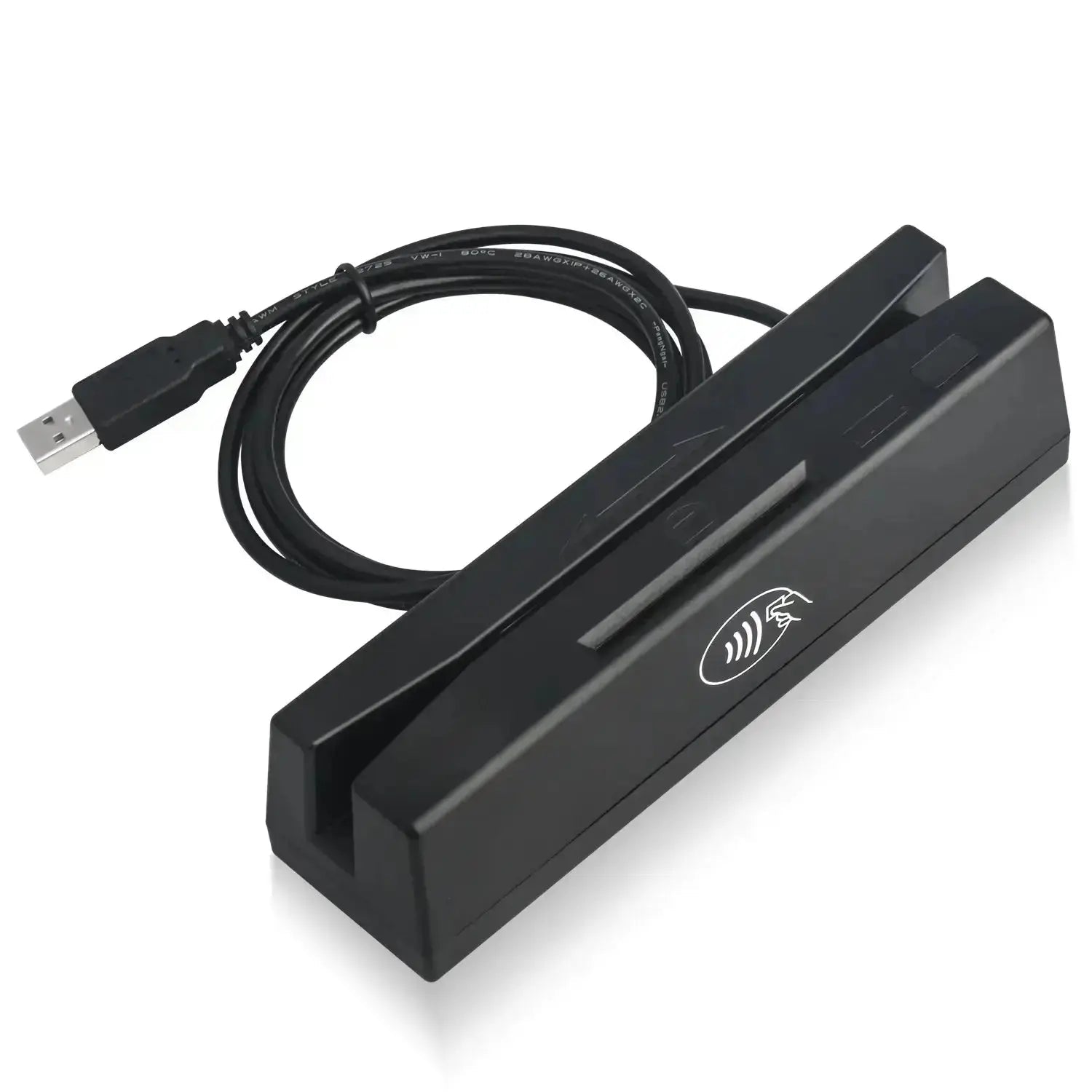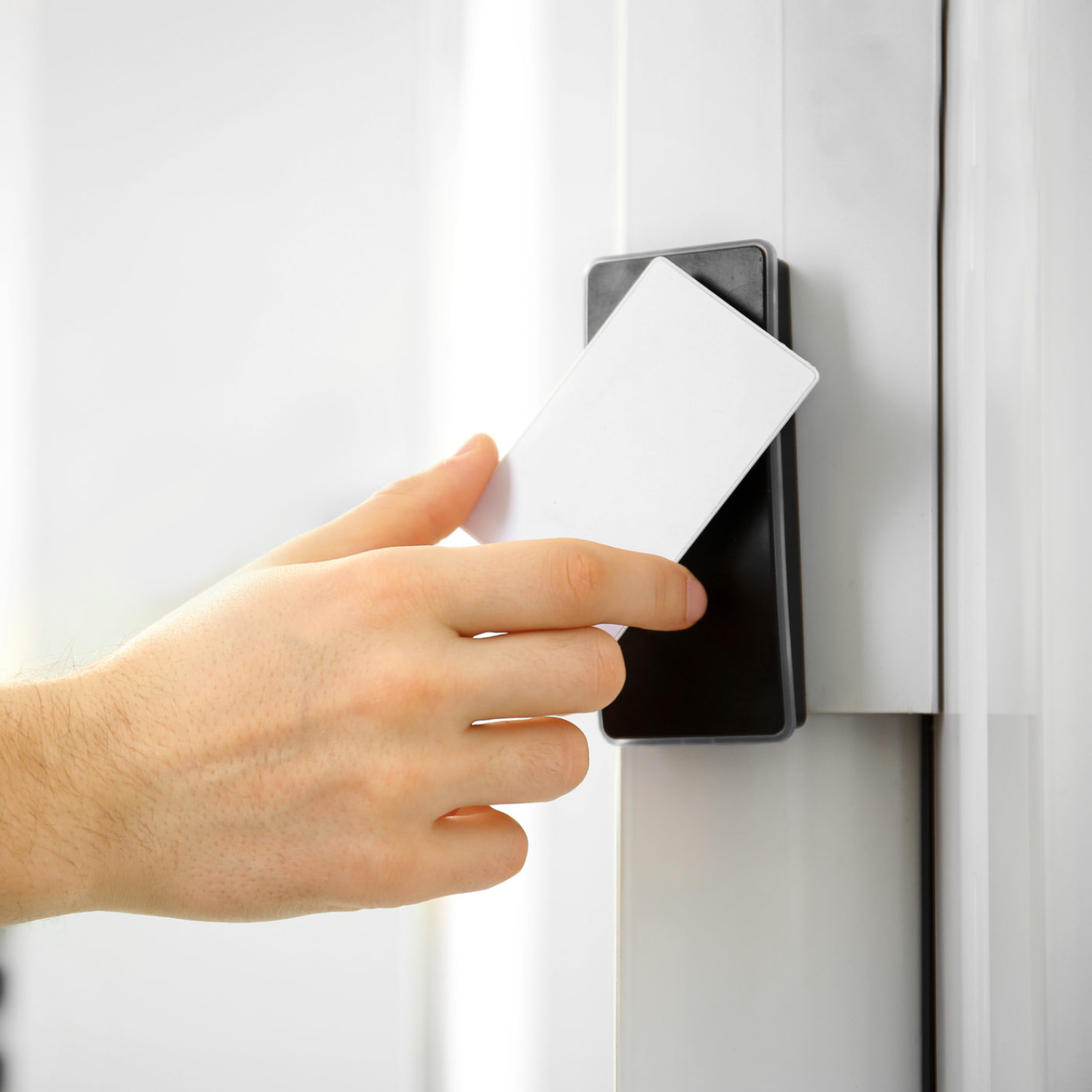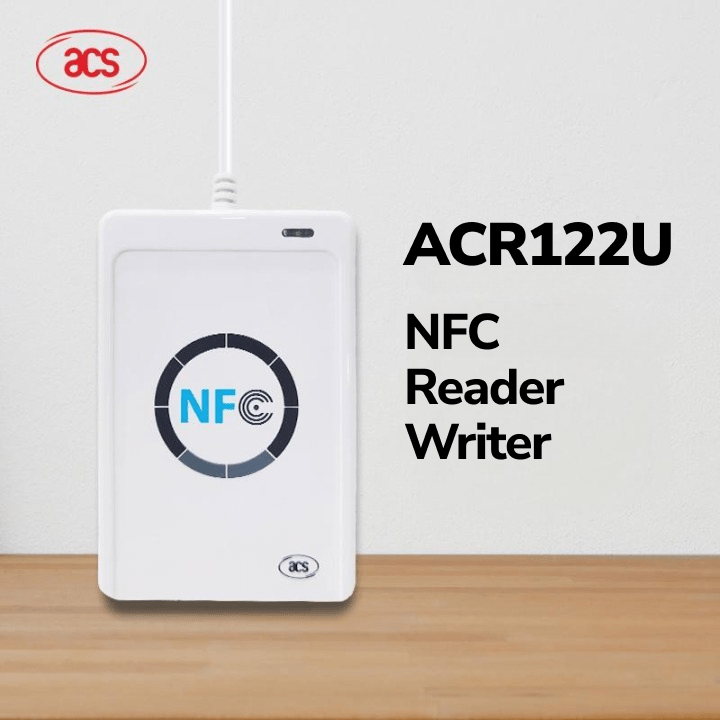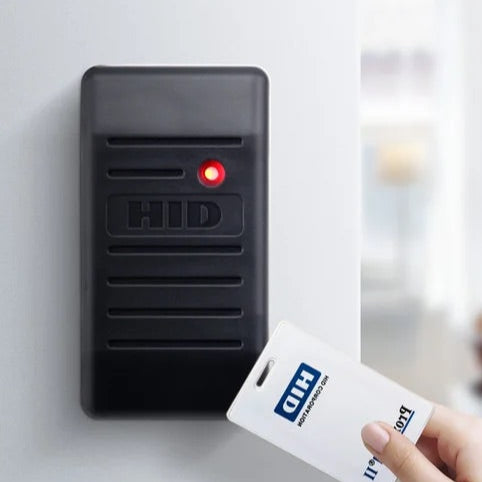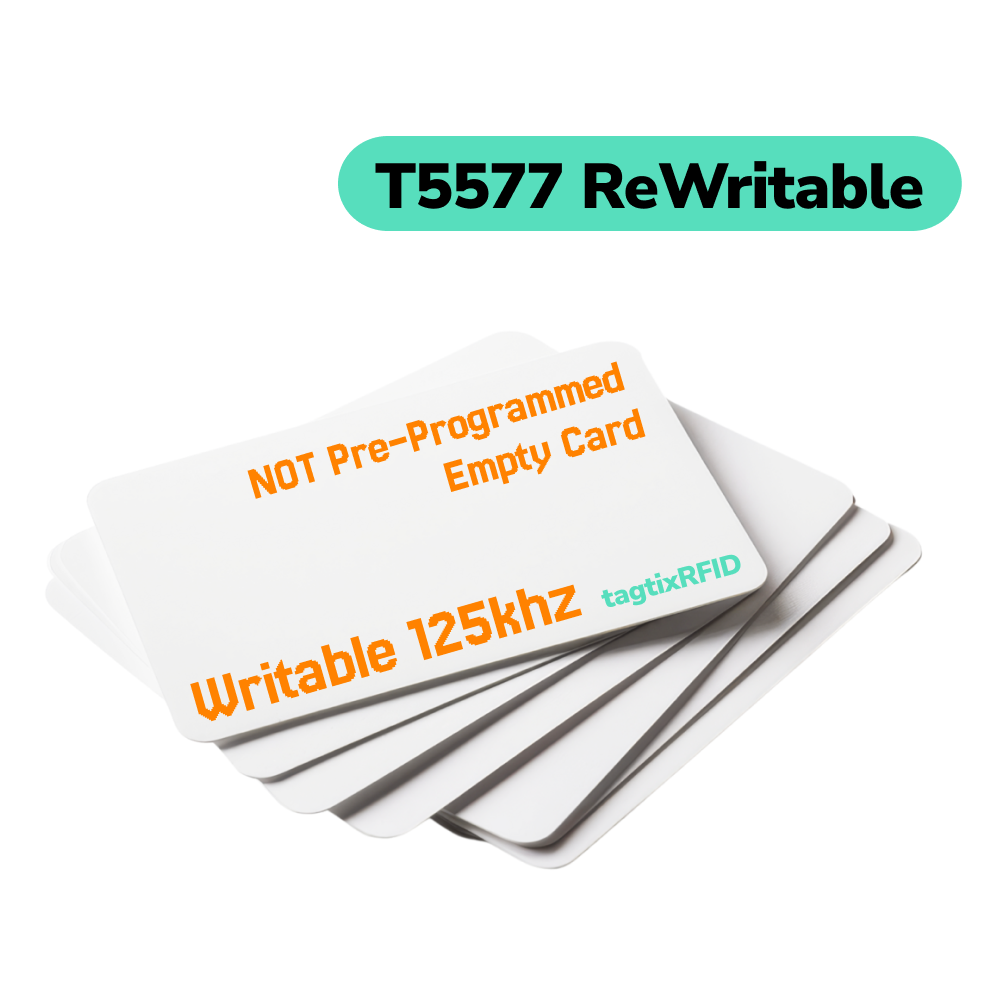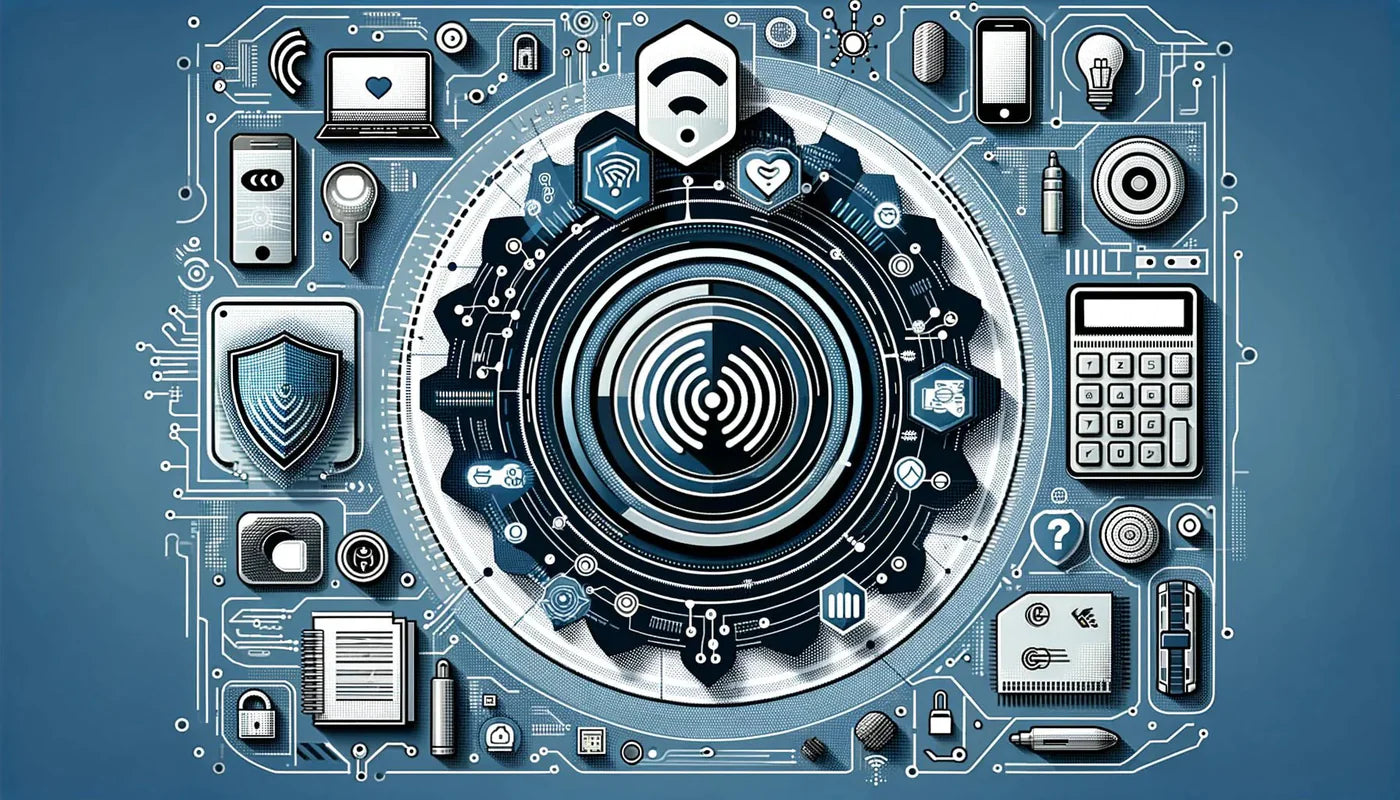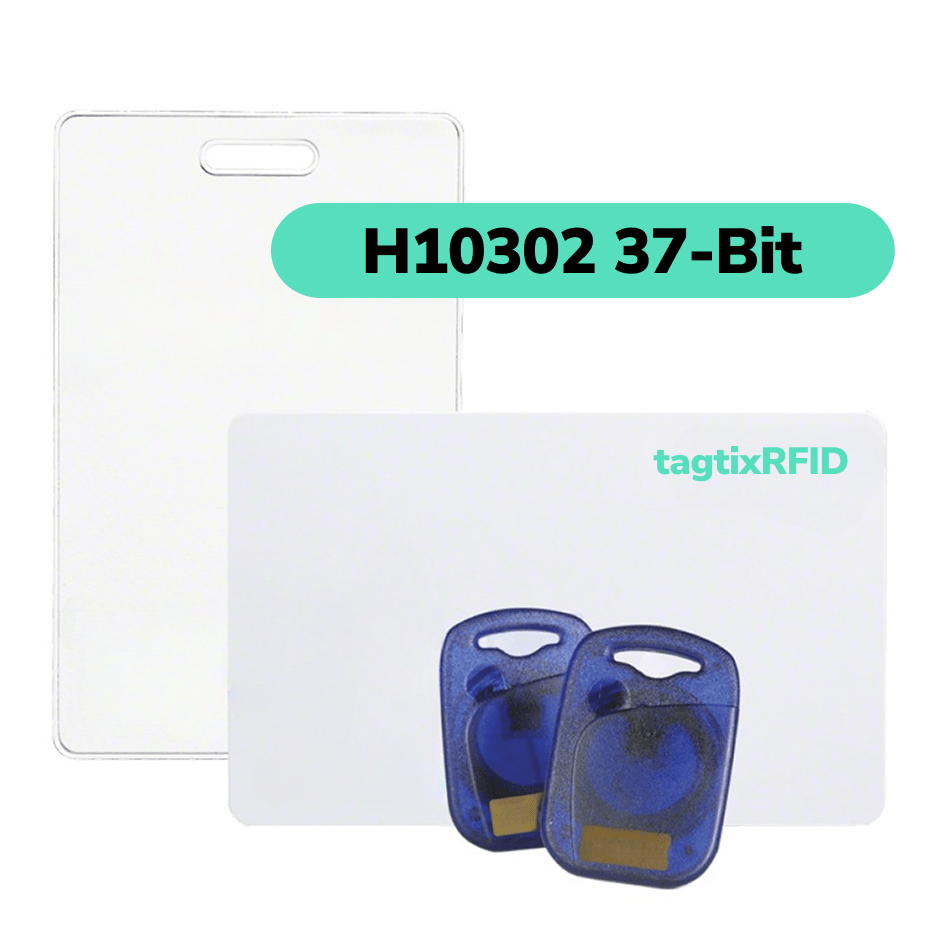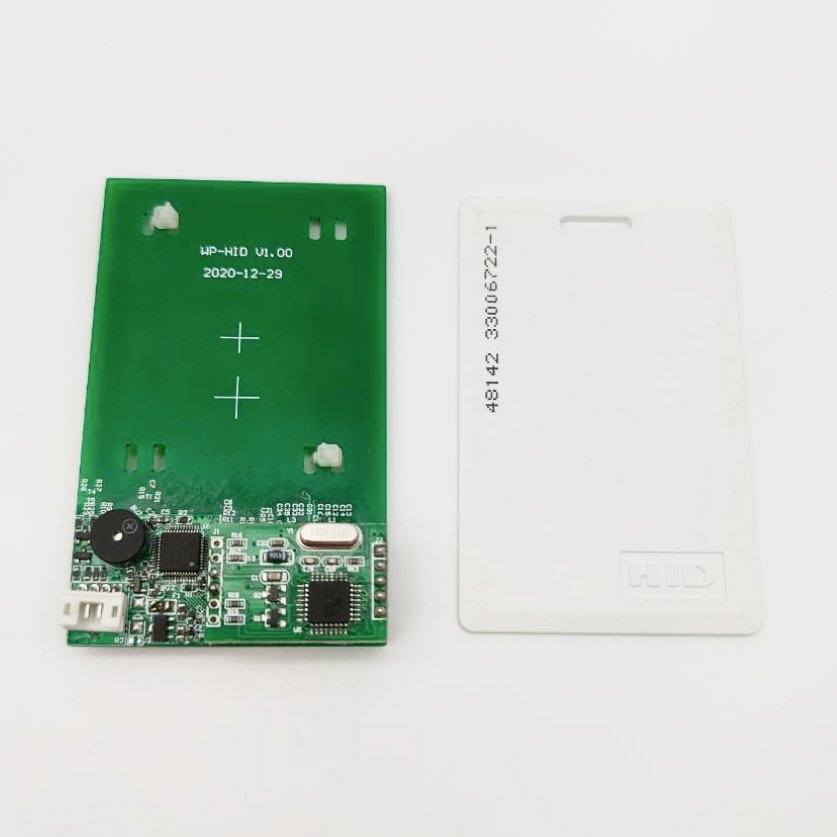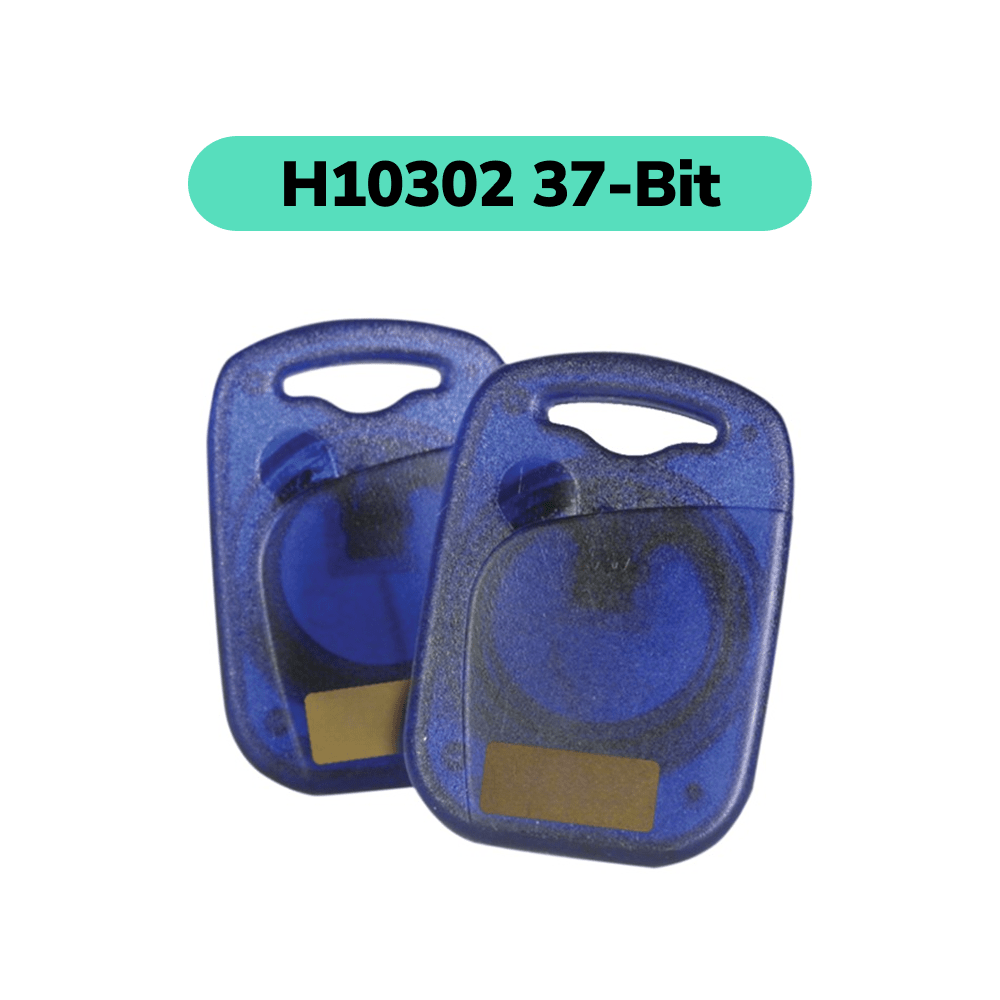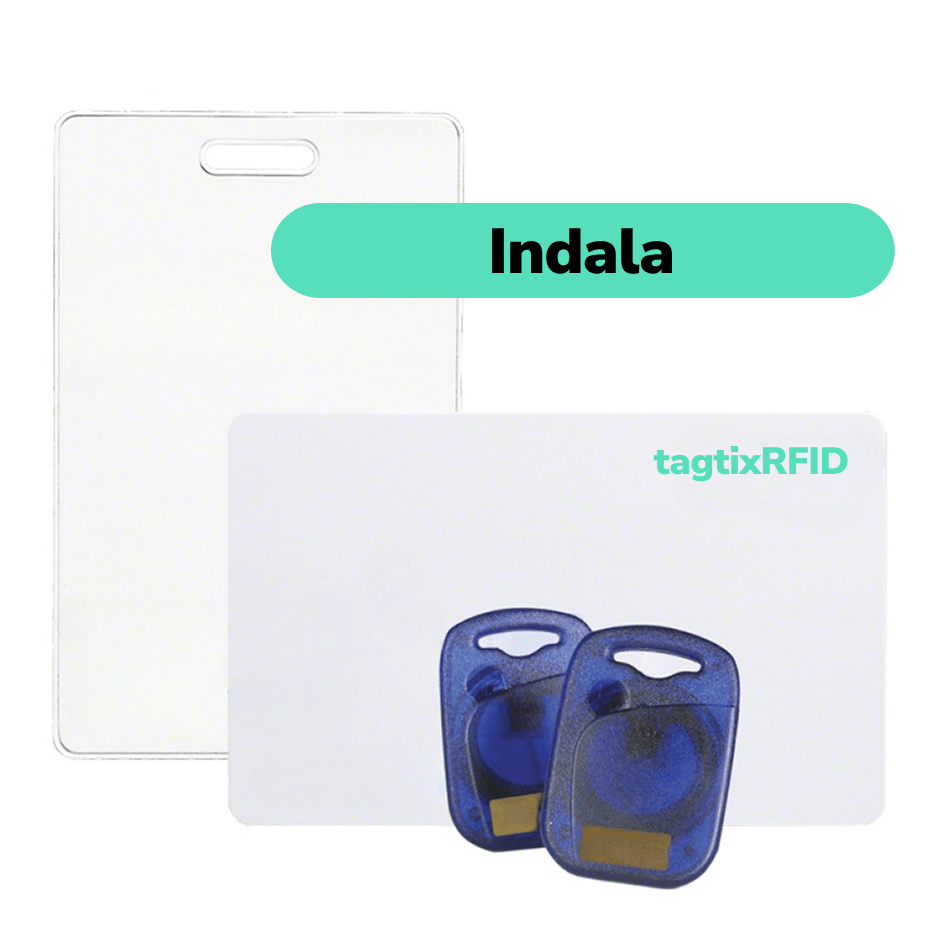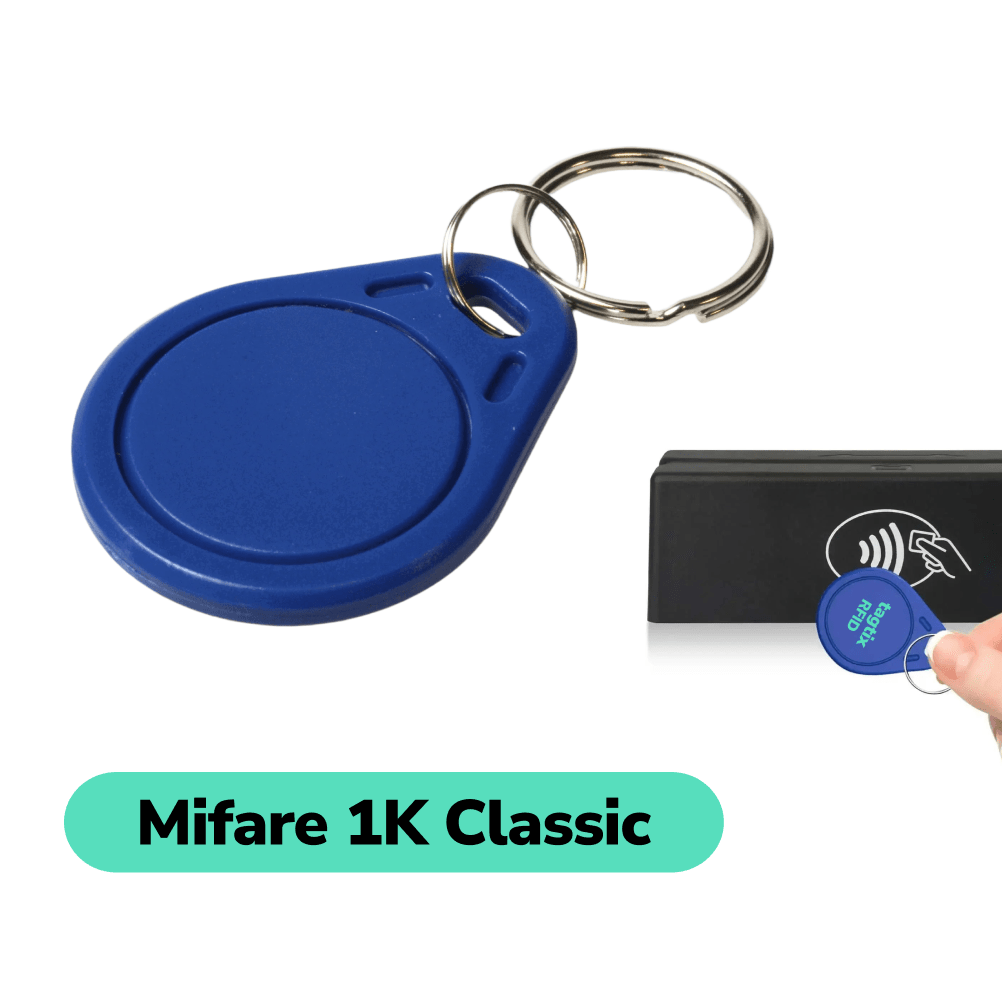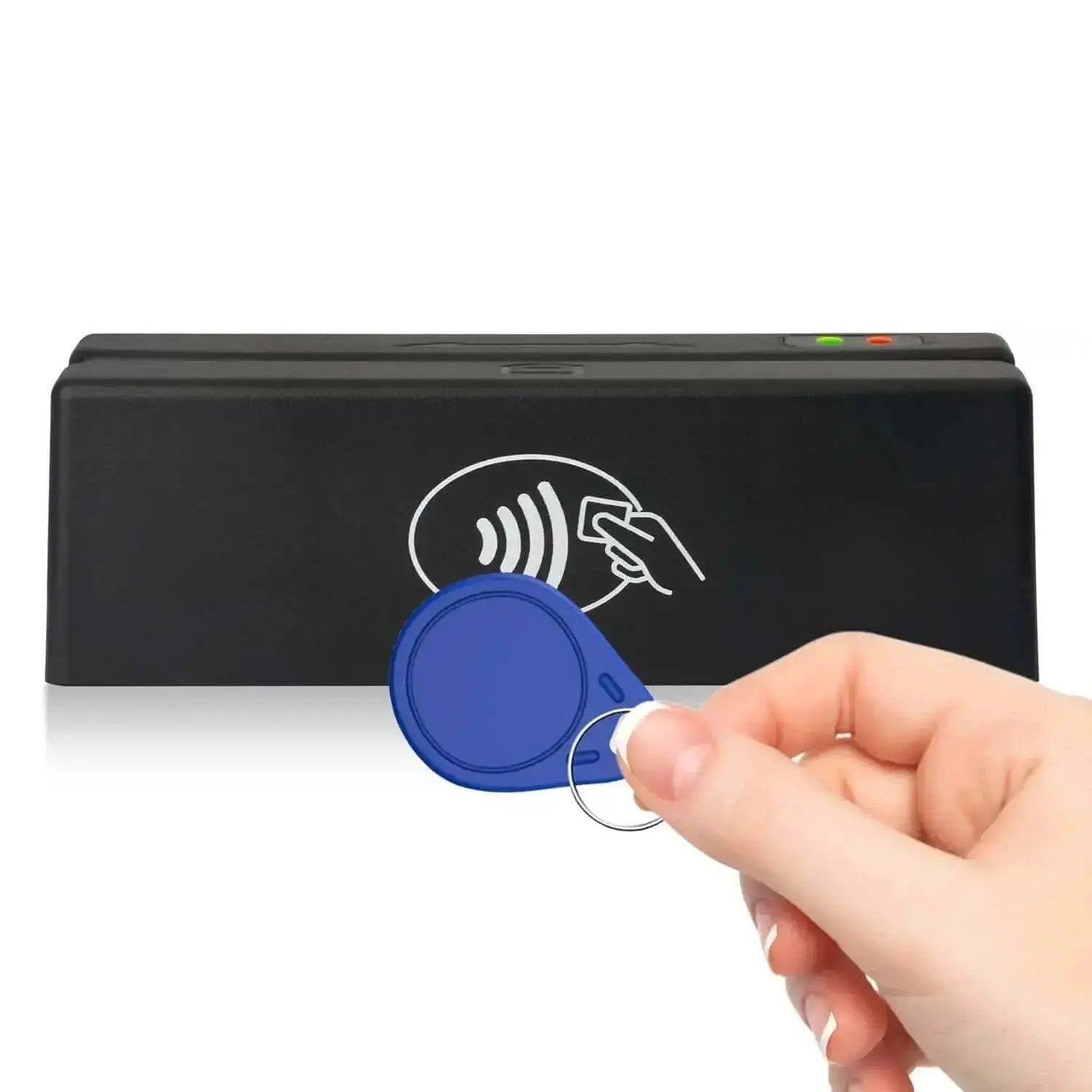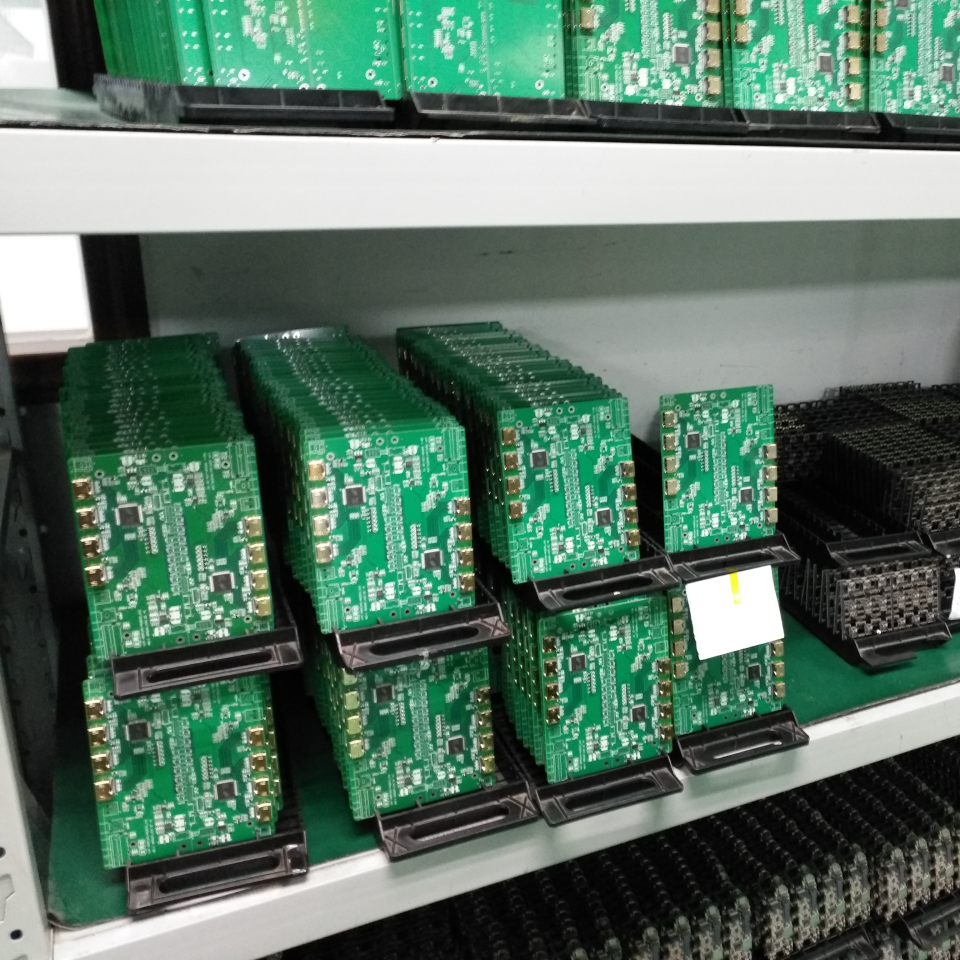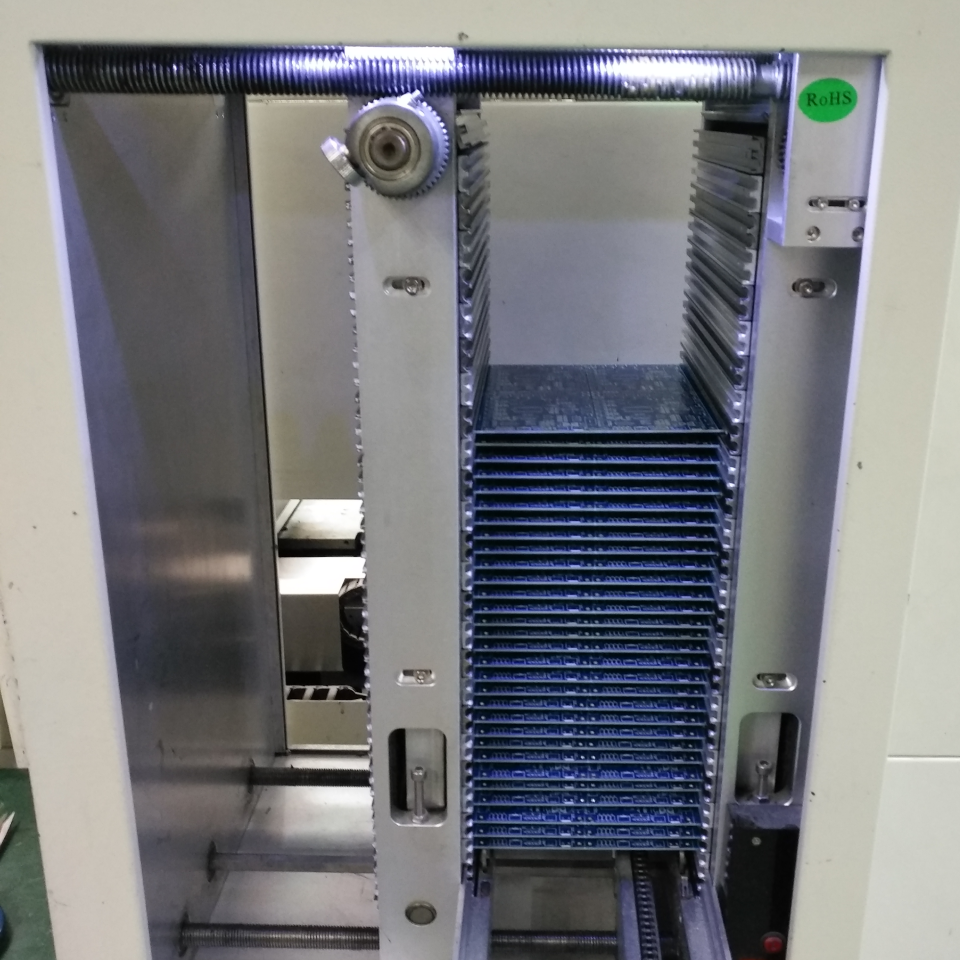What Are The Differences? RFID Cards vs HID vs Mifare vs Proximity Cards
Quick Answers
What are the different types of RFID?
What is HID compared to RFID?
Are HID proximity cards RFID?
What is the difference between proximity and RFID?
What is the difference between NFC and HID?
Quick Guide: What Are The Differences?
RFID vs. Proximity
RFID
Proximity
LF: 120–135 kHz (e.g., HID Prox, EM)
HF: 13.56 MHz (e.g., MIFARE, iCLASS)
UHF: 860–960 MHz (RAIN RFID)
LF: 125 kHz (most common)
LF: up to 6 feet (1.8 meters)
HF: up to 3 feet (1 meter)
UHF: 25–33 feet (7.5–10 meters)(with special tags: up to 300+ feet/91+ meters)
Typically 2–6 inches (5–15 cm), rarely up to 2 feet (60 cm)
Read and write (data can be updated or changed)
Read-only (fixed ID number, cannot be changed)
Access control, payment, inventory, asset tracking, time & attendance, e-passports, libraries
Access control, payment, inventory, asset tracking, time & attendance, e-passports, libraries
Advanced: encryption (AES, DES), mutual authentication, secure data storage
Primarily for single-use access control
HF/UHF: 50–424 kbps data rate (depends on protocol and card type)
Very fast (ID check only, <100 ms typical)
MIFARE Classic, MIFARE DESFire, HID iCLASS, LEGIC, UHF EPC Gen2
HID Prox, EM Prox, AWID, Indala
HF/UHF cards: up to 4 KB (kilobytes) or more (e.g., MIFARE DESFire EV2: up to 8 KB)
24–40 bits (3–5 bytes), usually just an ID number
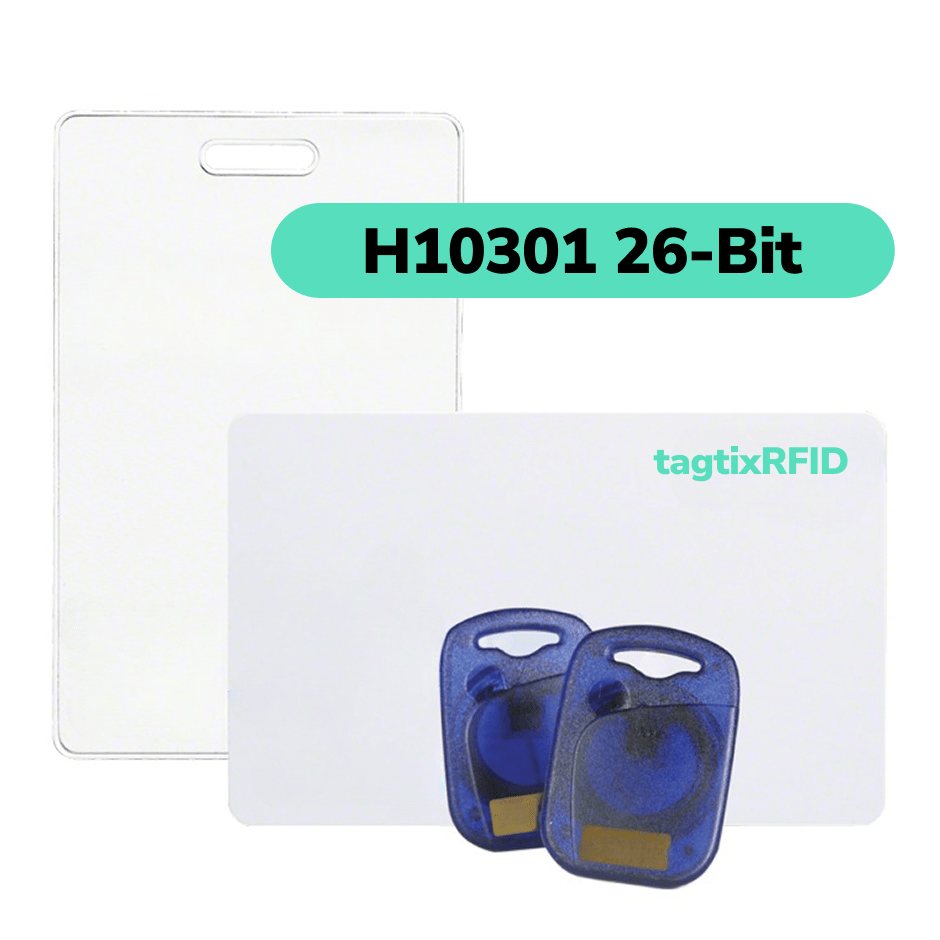
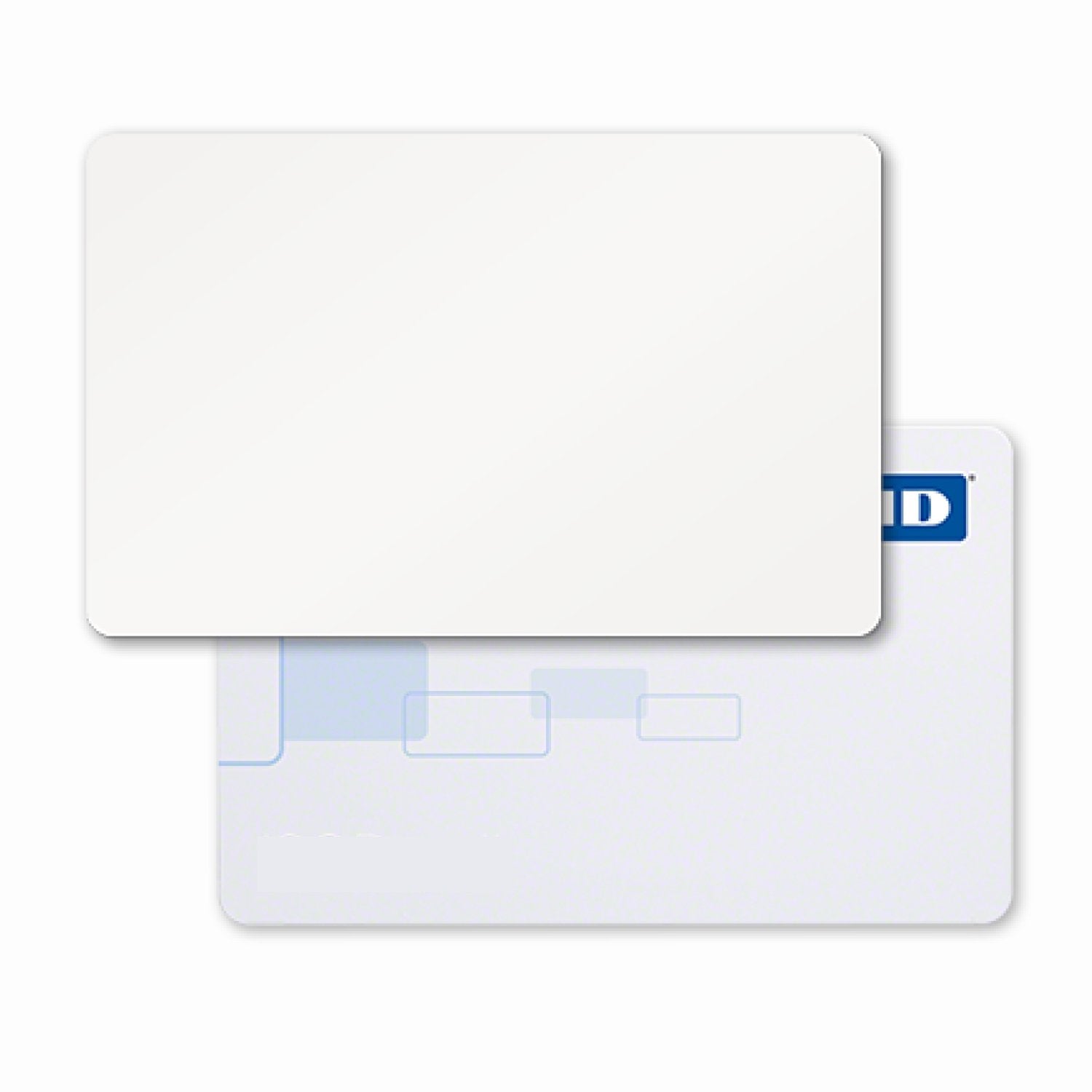
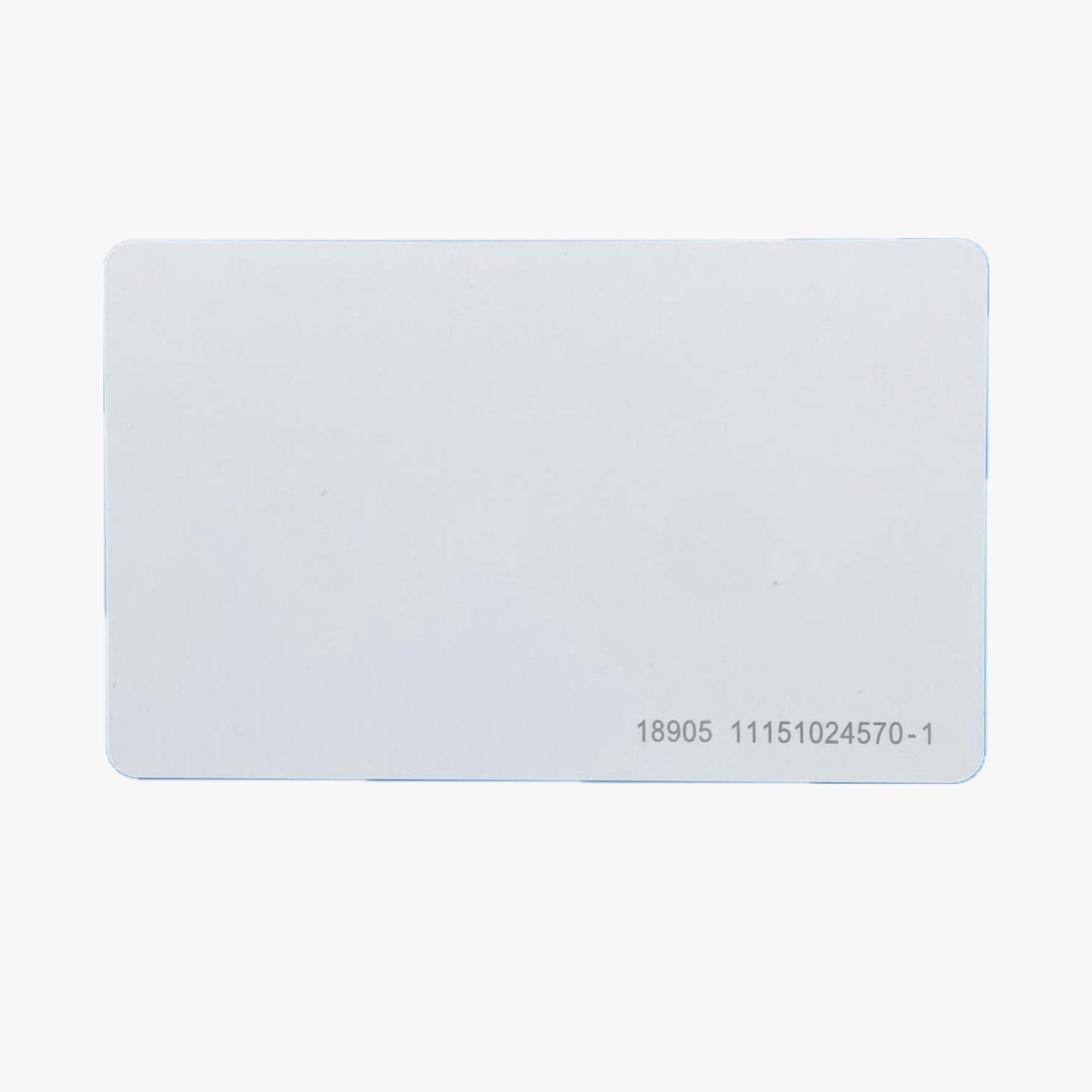
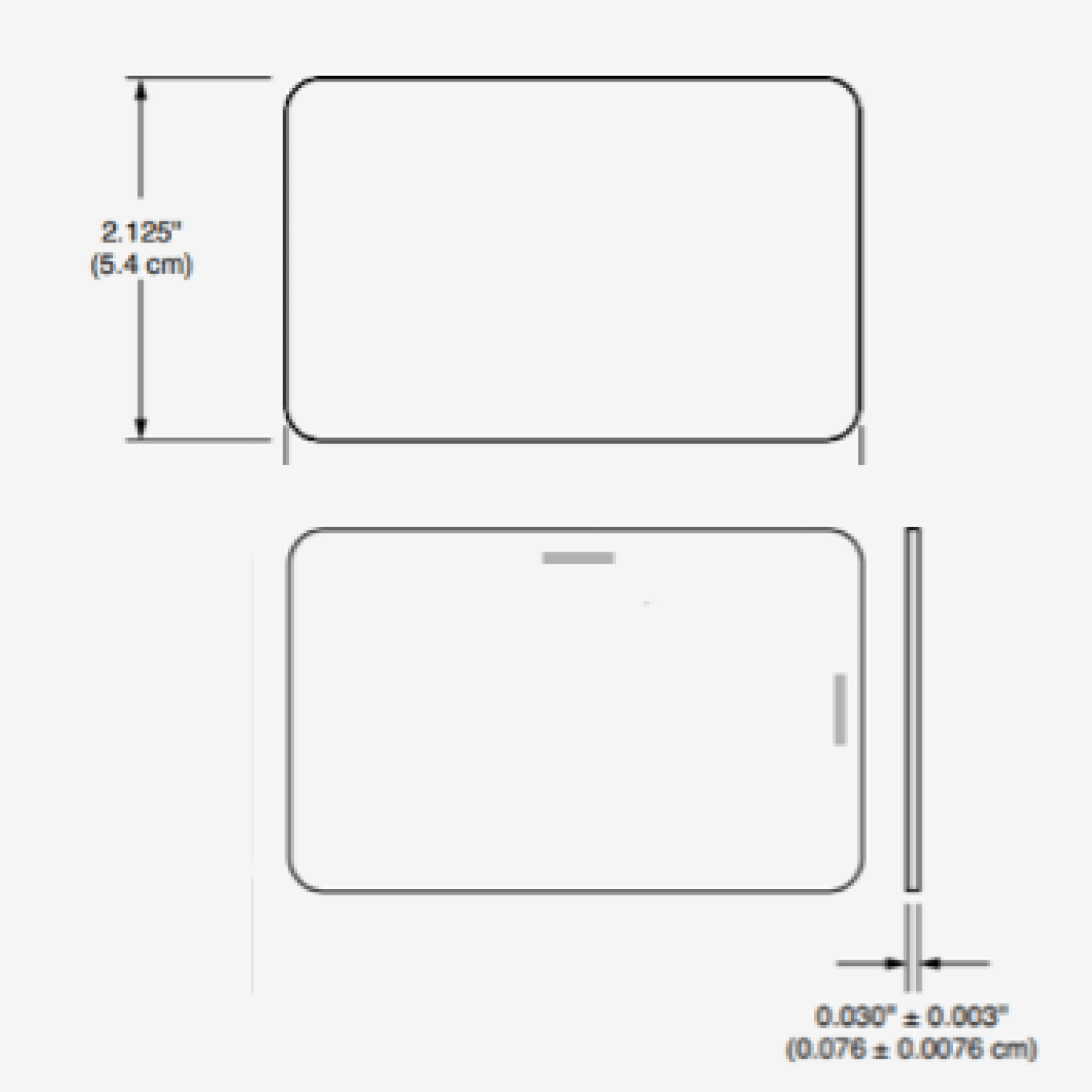
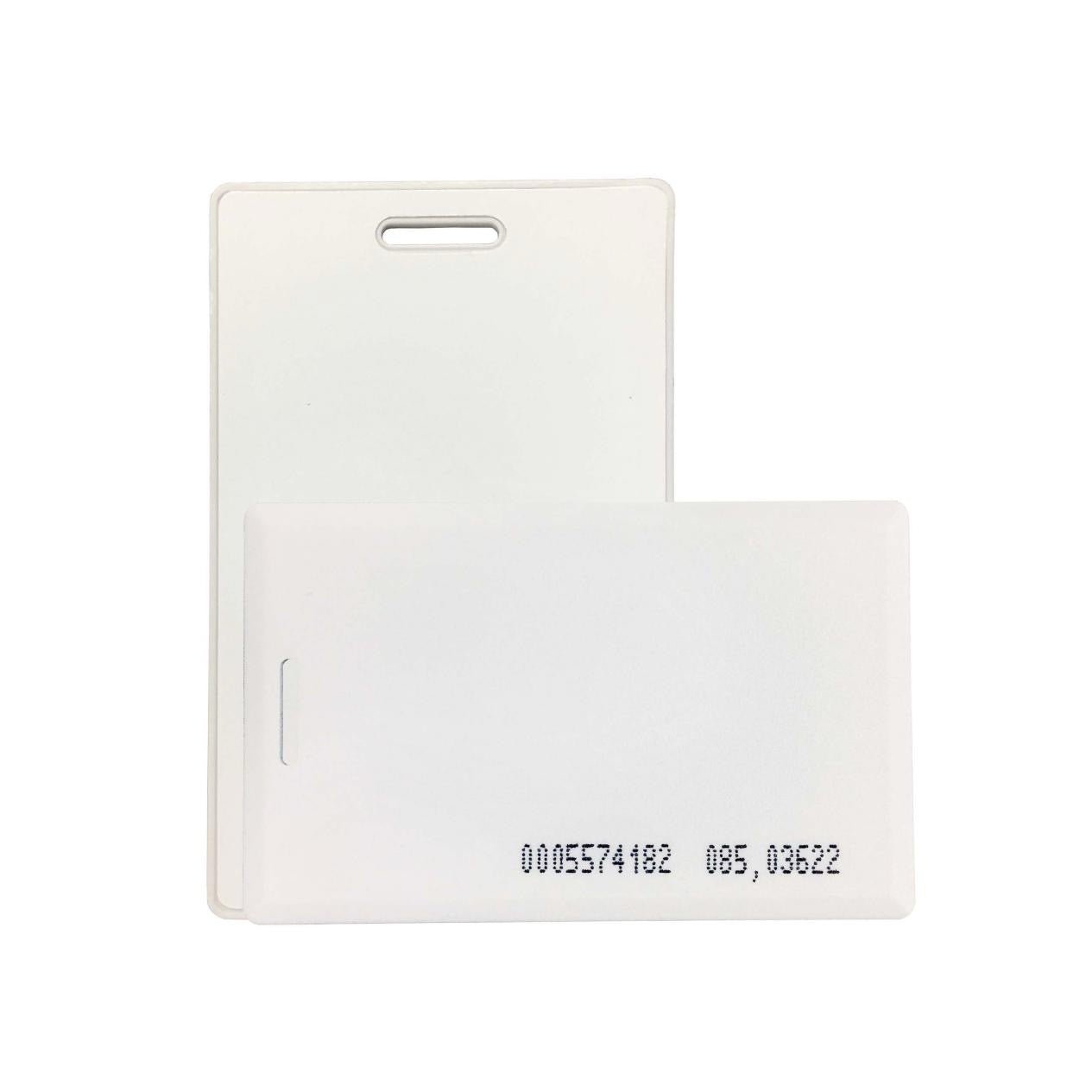
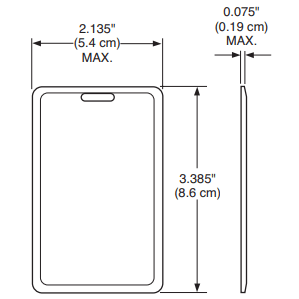
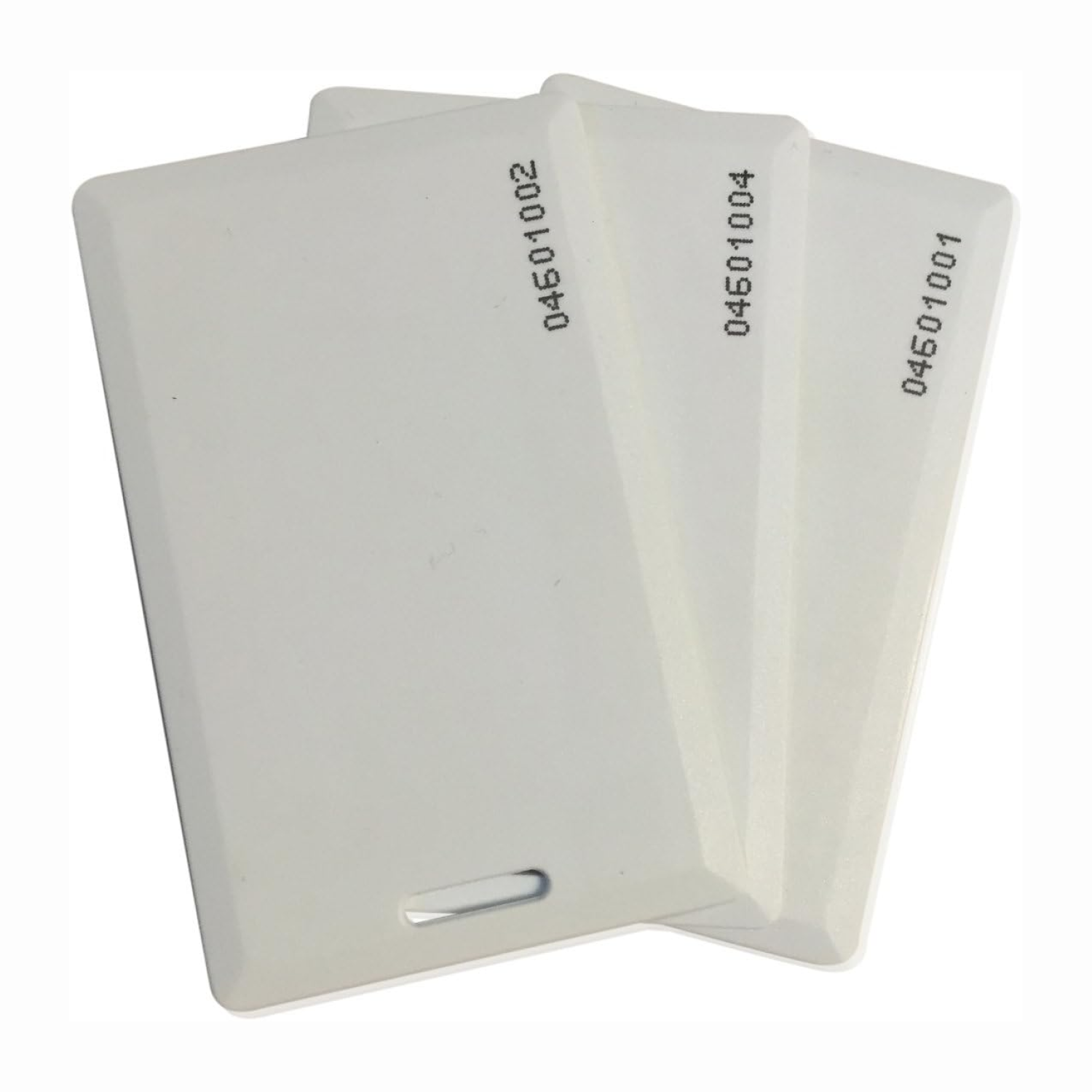
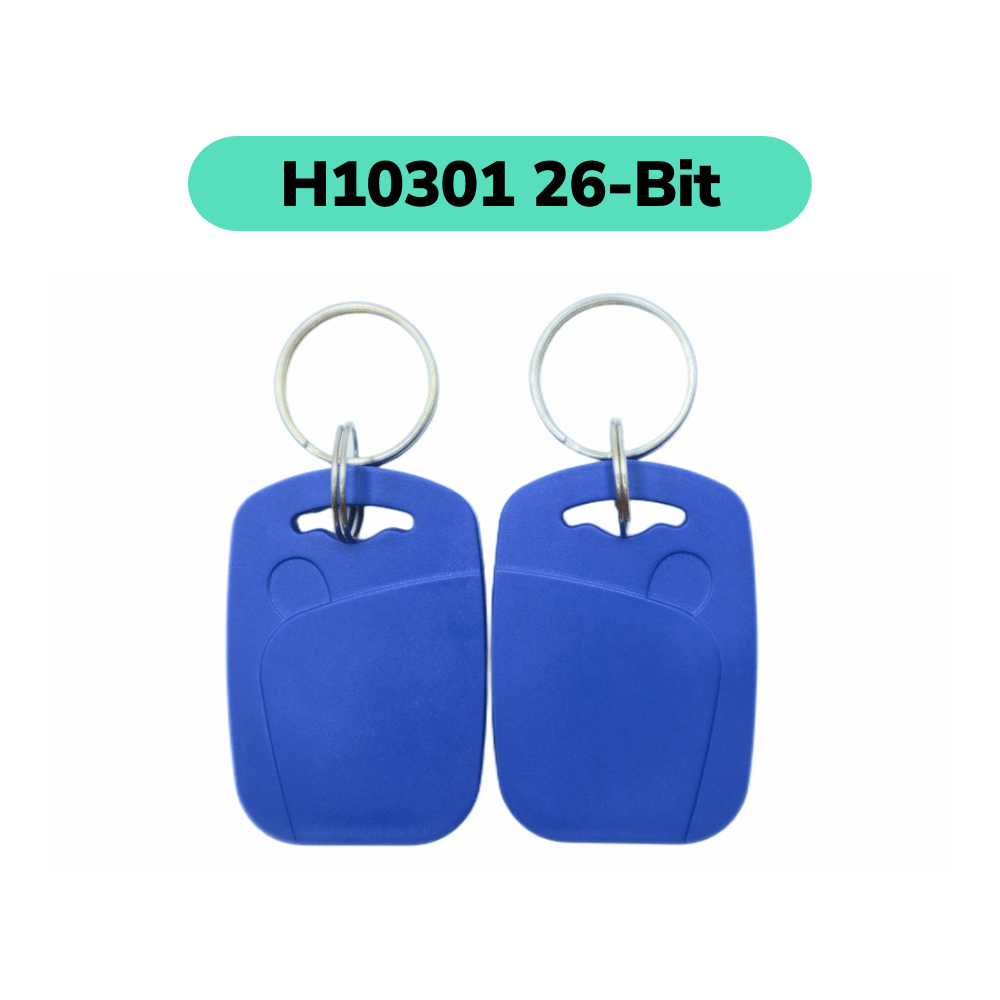
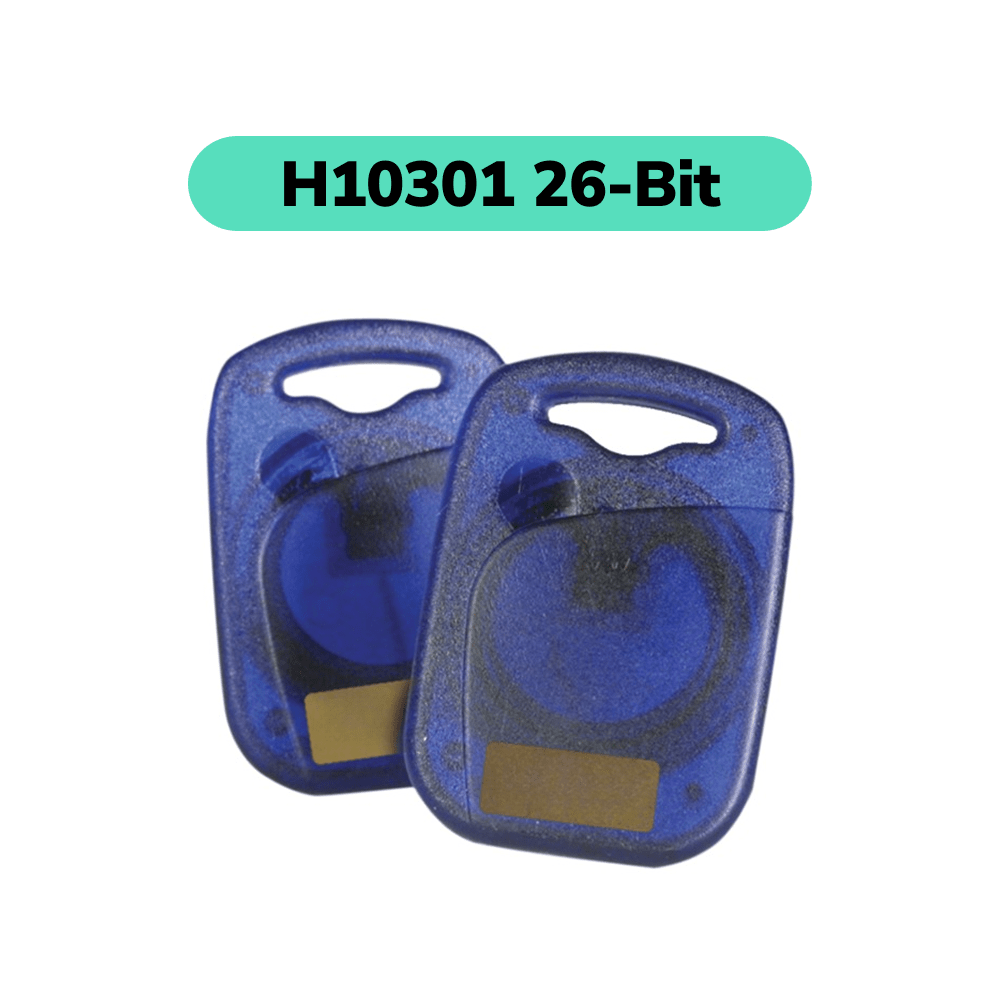
Carte di prossimità H10301 formato 26-bit che funzionano esattamente allo stesso modo dell'HID H10301 ProxCard II.
Opzioni:
- Numerazione delle schede esterne (solo per inchiostro a getto di gocce)
- Punzone per forare slot (orizzontale o verticale)
- Opere d'arte personalizzate (testo o grafica)
Come richiesto con le carte formato 26 bit, sarà necessario specificare il codice della struttura e il numero di serie iniziale della carta.
- Il codice dell'impianto è un numero che deve essere compreso tra 1 e 255.
- Il numero di serie iniziale da programmare deve essere compreso tra 1 e 65.453.
Comparison Guide: Which Type of Card to Choose?
Mifare vs. HID vs. Proximity
MIFARE Cards
Proximity Cards
HID Cards (Prox, iCLASS, Seos)
13.56 MHz high-frequency RFID, NFC-capable
125 kHz low-frequency RFID
125 kHz (Prox), 13.56 MHz (iCLASS/Seos)
Advanced: mutual authentication, encryption (DES/AES)
Basic: ID number only, no encryption, easily cloned
Prox: Basic (unencrypted); iCLASS/Seos: Advanced (AES, mutual auth)
1–4 KB (MIFARE Classic), up to 8 KB (DESFire EV2)
24–40 bits (3–5 bytes), fixed ID number
Prox: 24–40 bits; iCLASS: up to 32 KB, multi-application
Read/write, supports multiple applications
Read-only, cannot be updated
Prox: Read-only; iCLASS/Seos: Read/write
2–4 inches (5–10 cm)
2–6 inches (5–15 cm), up to 10 cm (3.9 in)
Prox: 2–6 inches; iCLASS/Seos: up to 4 inches (10 cm)
Transit, secure access, cashless vending, ID, loyalty
Basic door/building access, time & attendance
Prox: Door access; iCLASS/Seos: secure access, biometrics, payment
Yes (DES, 3DES, AES, mutual authentication)
No
Prox: No; iCLASS/Seos: Yes (AES, mutual authentication)
Requires 13.56 MHz reader
Requires 125 kHz reader
Prox: 125 kHz reader; iCLASS/Seos: 13.56 MHz reader
Why Spend a Lot on Premier Brand Cards?
When Save 60% on Your Budget
FREE Shipping included. Everything On Us!

